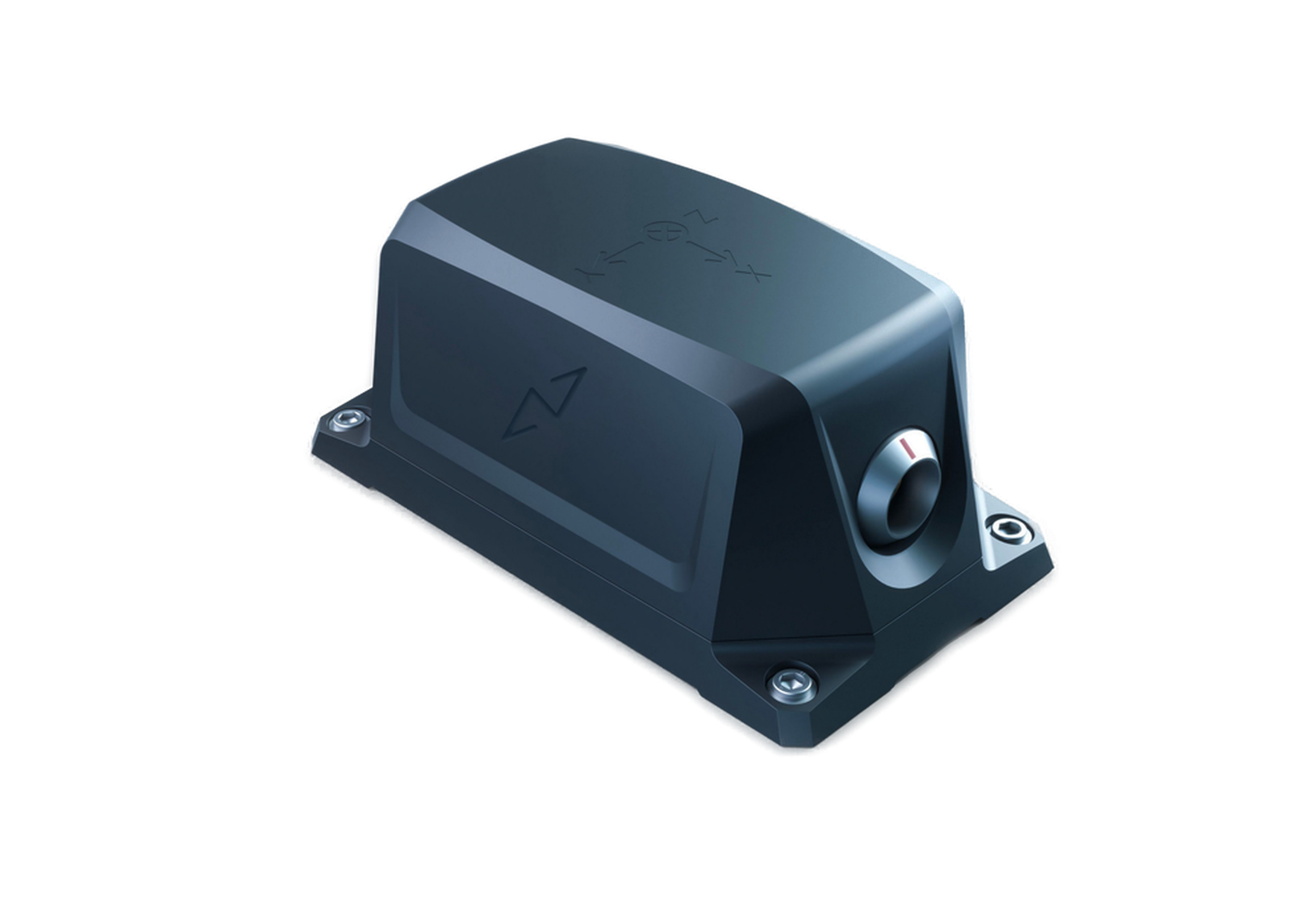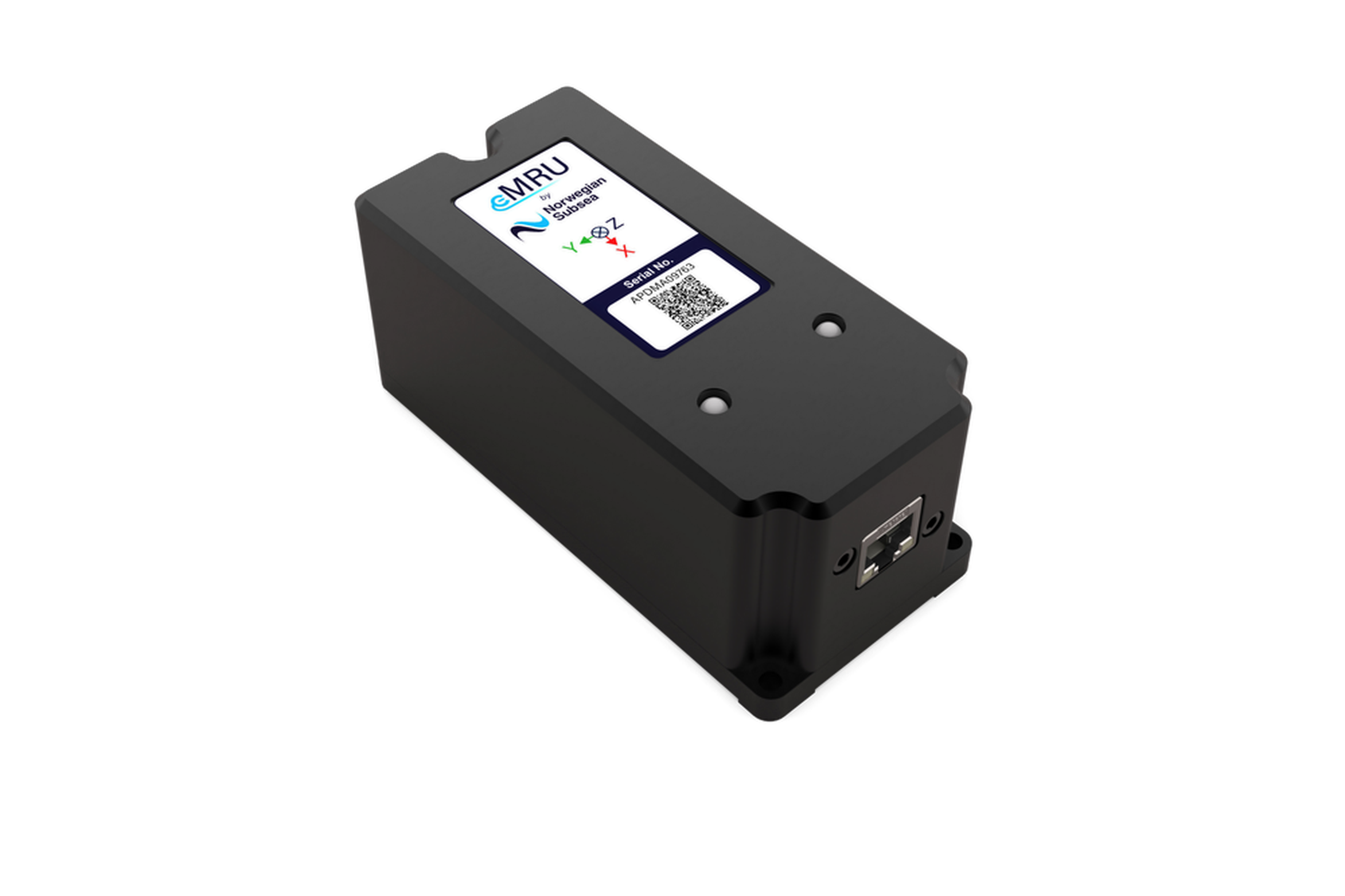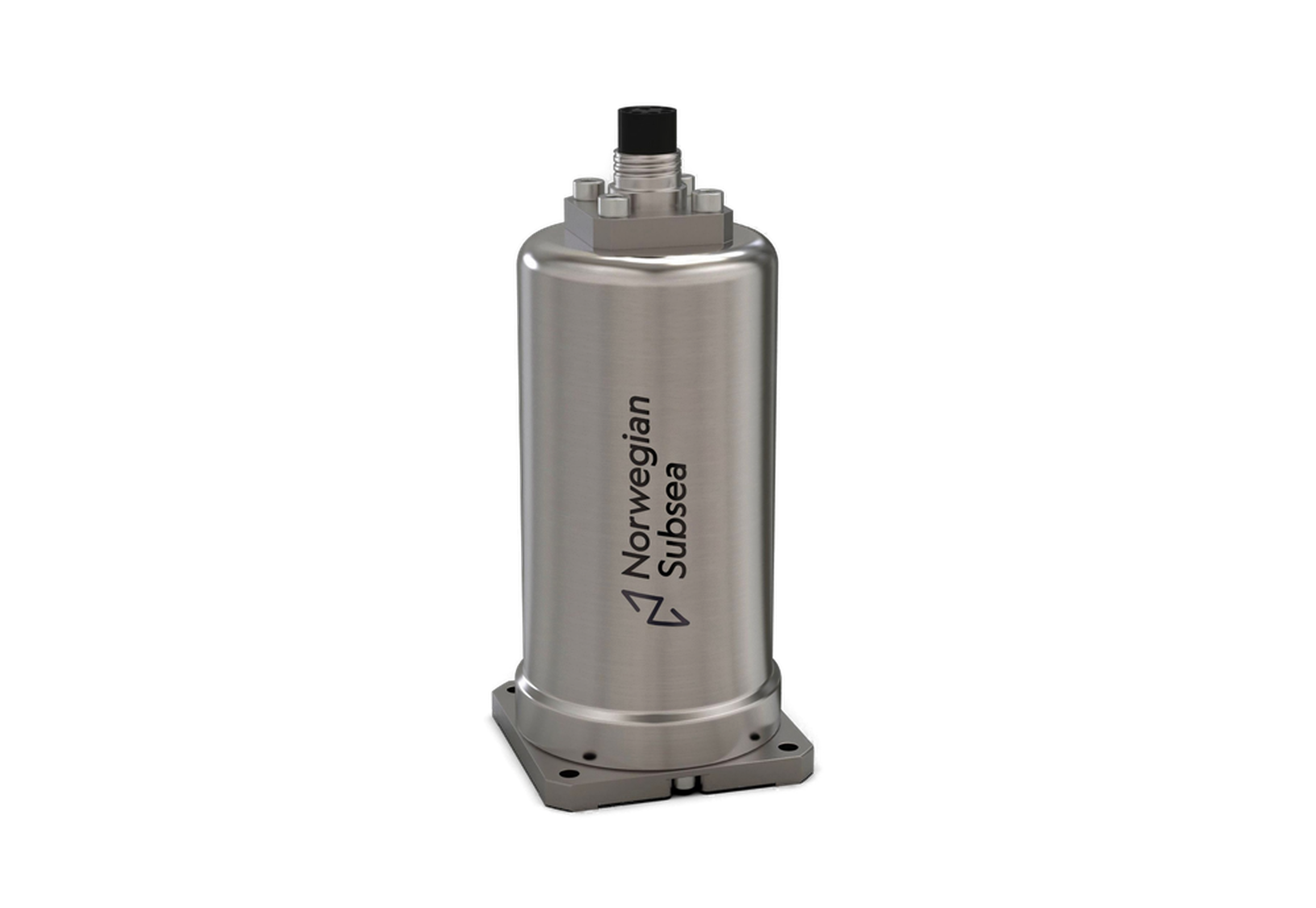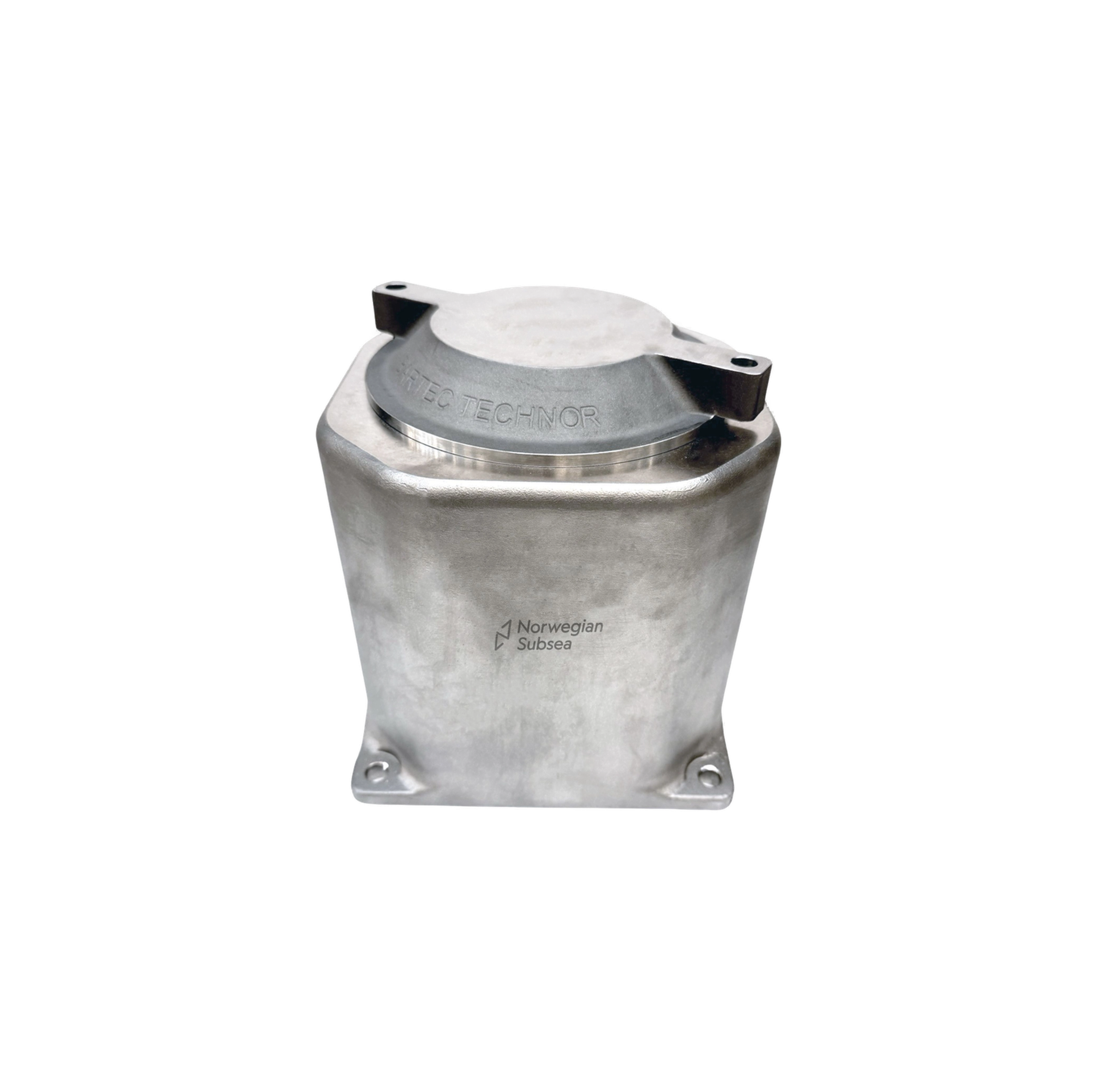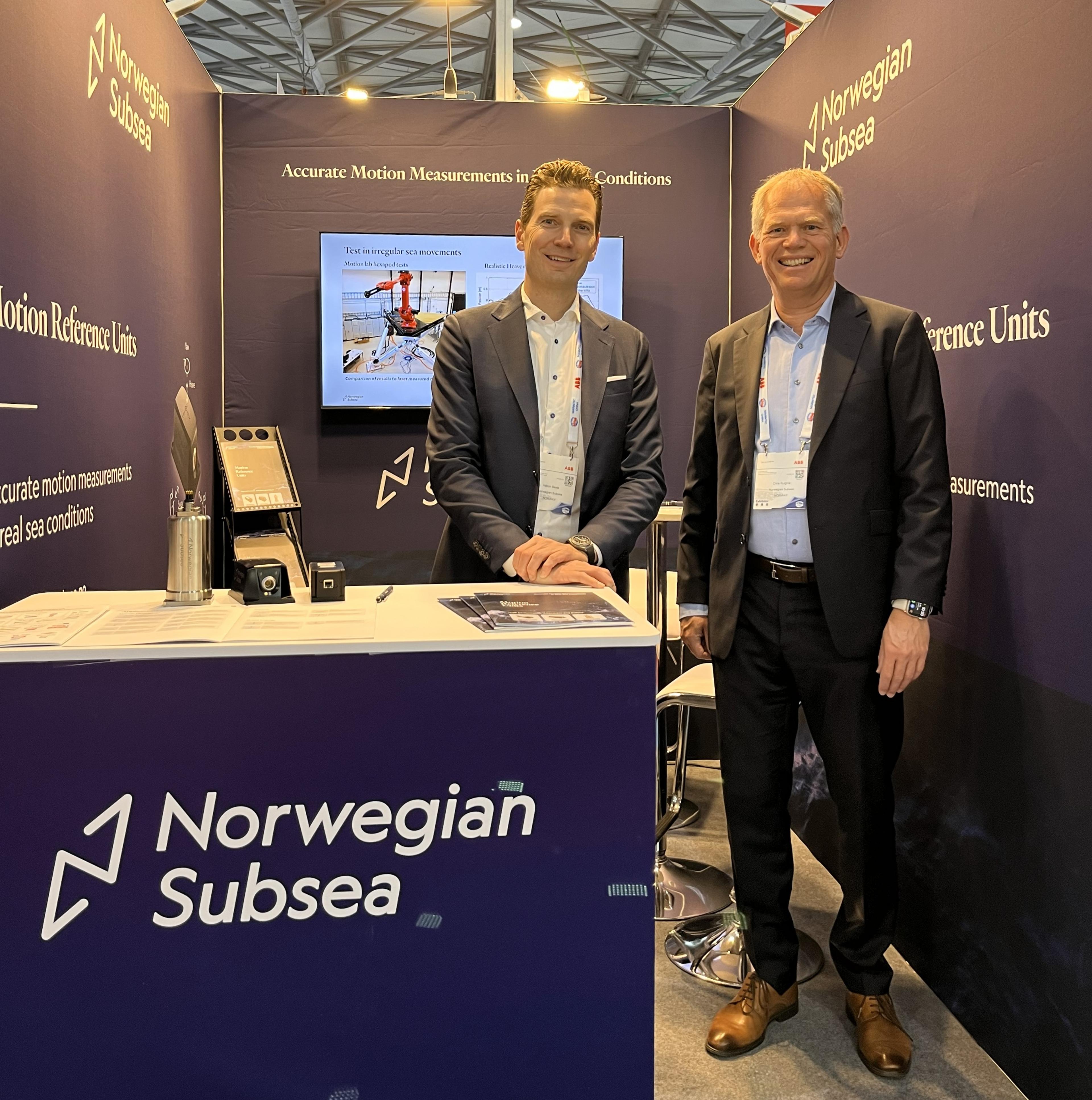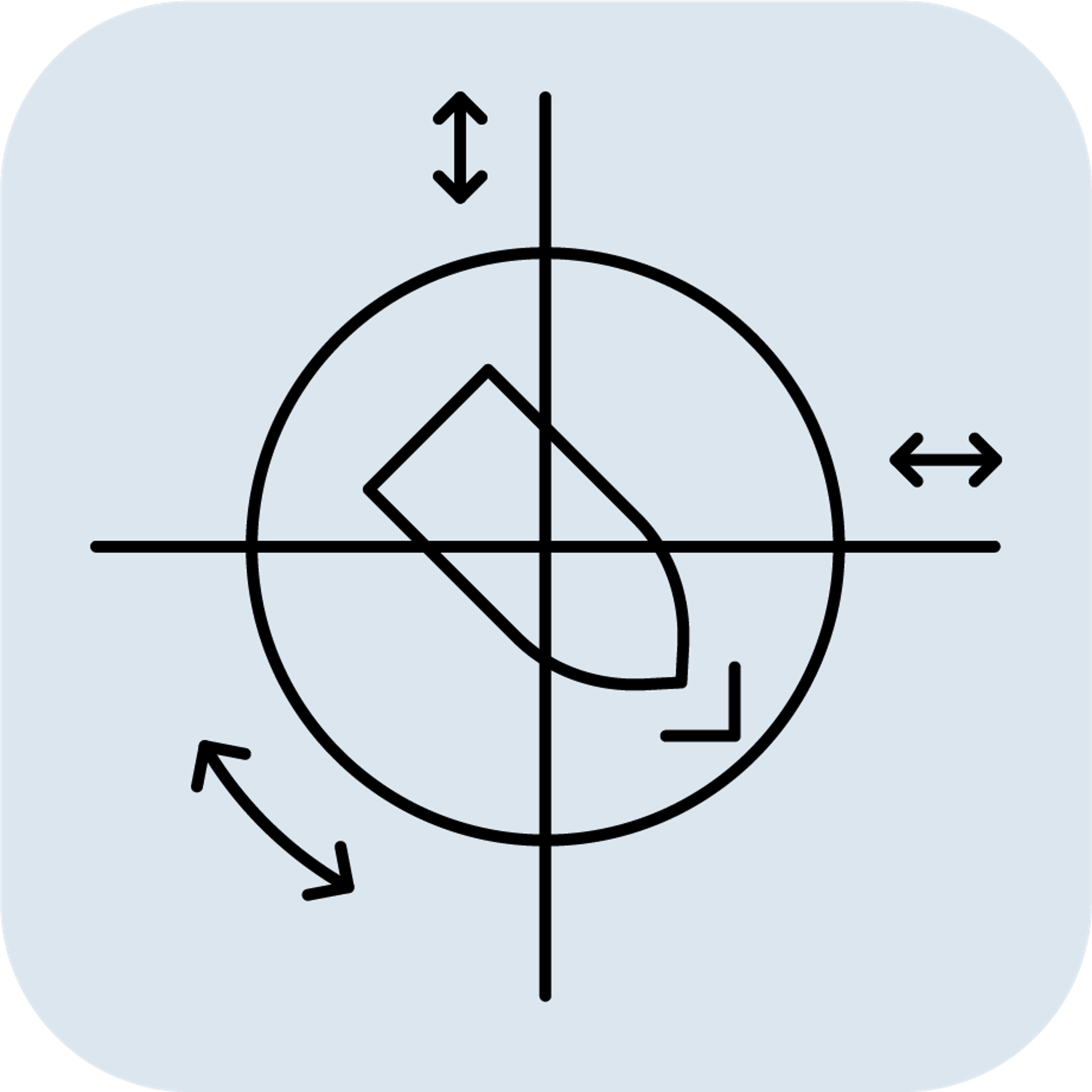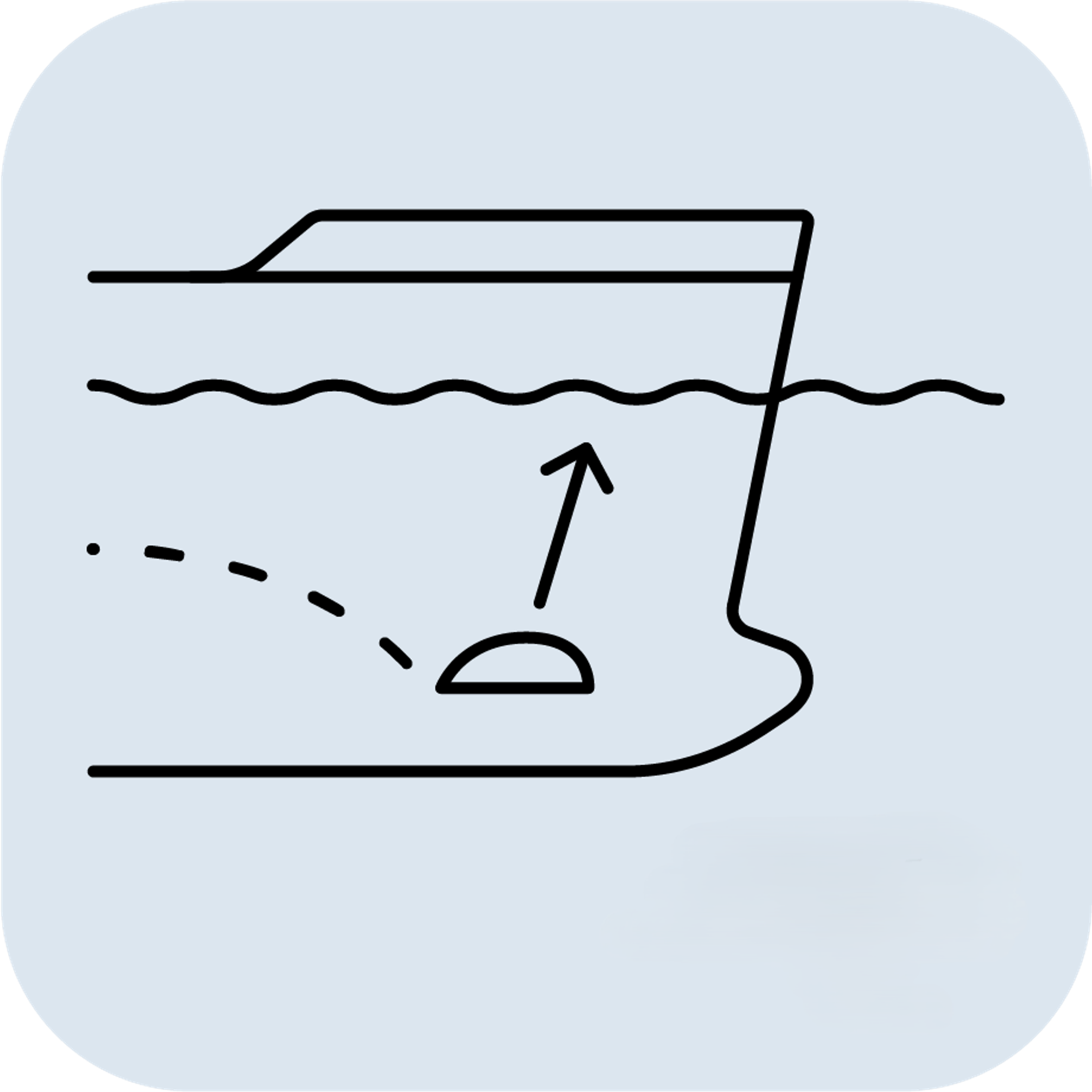What is the difference between an Inclinometer, Roll & Pitch Sensor, and VRU?
Although an Inclinometer, Roll & Pitch Sensor, and VRU all measure attitude (roll and pitch), they vary significantly in accuracy, capabilities, and ideal applications:
- Inclinometer: Best suited for basic static tilt measurements. It is ideal for stationary or slow-moving applications where simplicity and low cost are primary concerns
- Roll & Pitch Sensor: Capable of measuring roll and pitch angles in conditions with some motion. It is suitable for applications requiring dynamic orientation data but not high accuracy. However, it is not ideal for environments with rough sea conditions or rapid, complex motions (e.g., coupled movements).
- VRU: Delivers high-precision roll and pitch measurements in dynamic and challenging environments, such as rough sea conditions. It is indispensable for applications requiring accurate attitude data, even in the presence of vibrations and complex, coupled motions in real sea conditions.
Choosing the right device depends on factors like dynamic performance, complexity, cost, and the specific requirements of your application.
At Norwegian Subsea, all our MRU models (Compact, Marine, Subsea, Ex) are designed to deliver high-accuracy 6DoF data. However, we also offer each of these models in an VRU version. This version provides the same exceptional Roll and Pitch accuracy as the full MRU, even in complex motion scenarios, but excludes the Heave, Surge, and Sway outputs. This makes the VRU version a highly accurate and cost-effective solution for applications where only precise tilt or orientation data is required.
